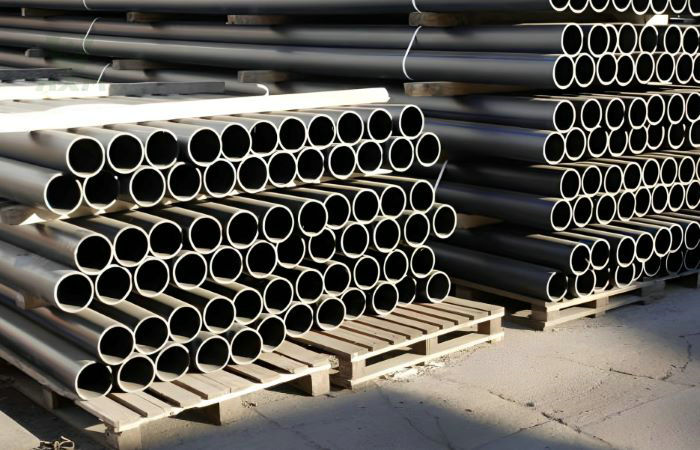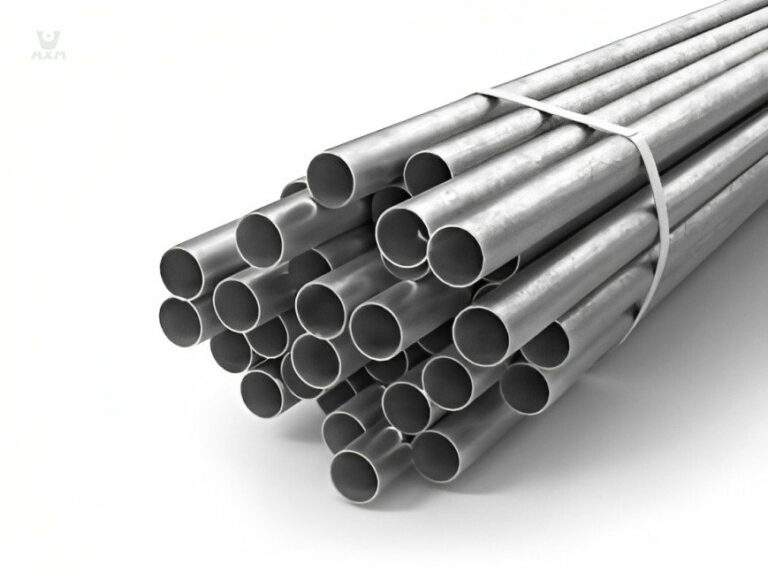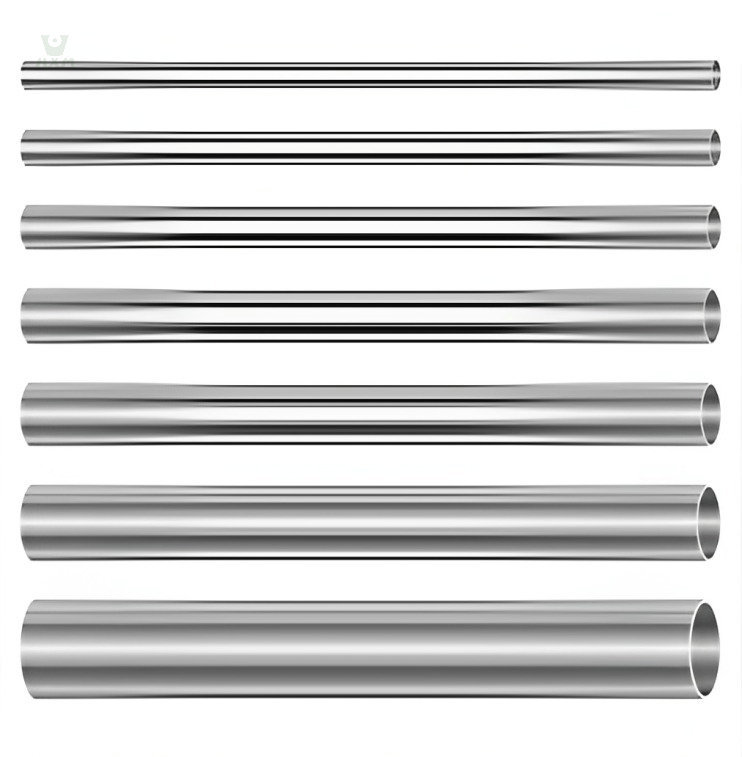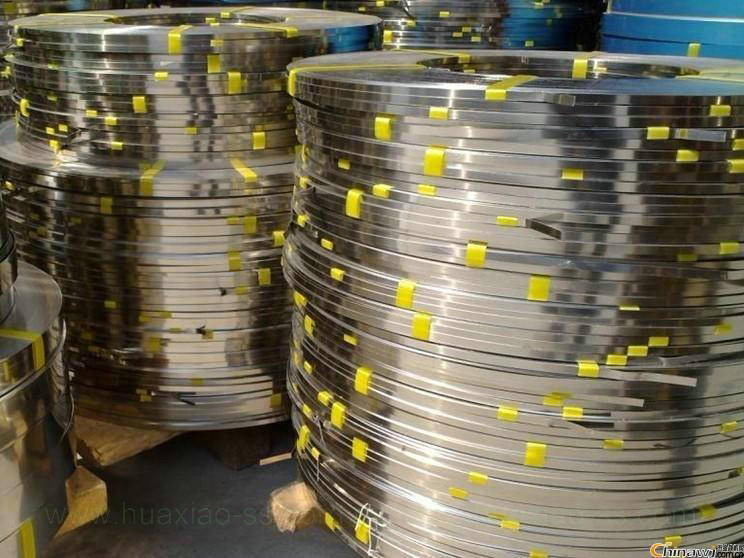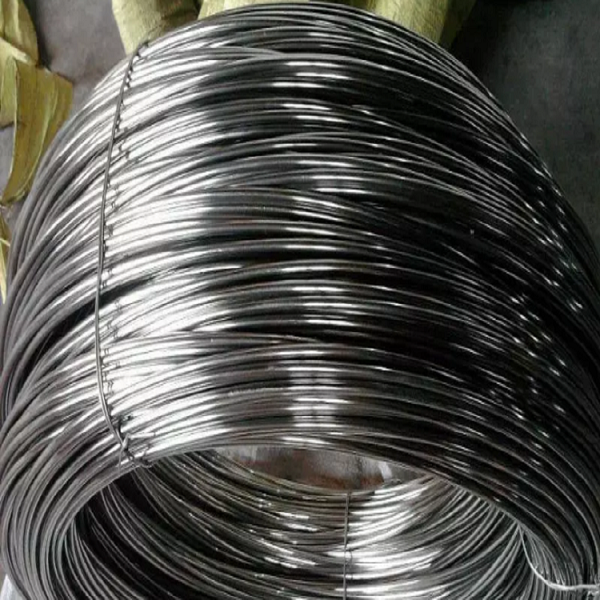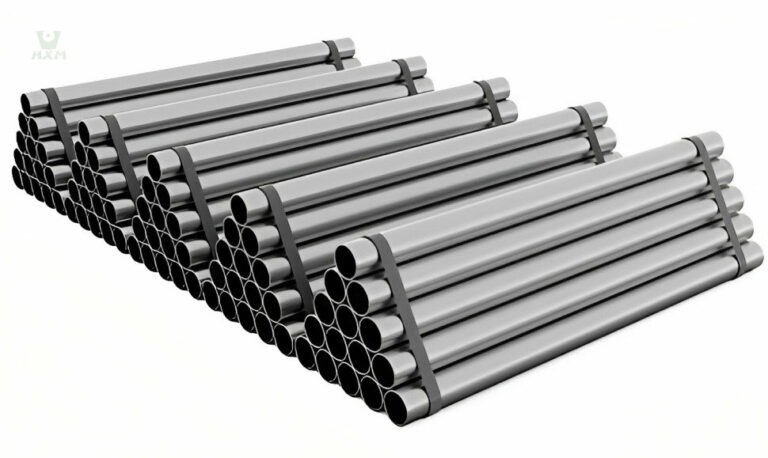What are the 3 types of stainless steel?
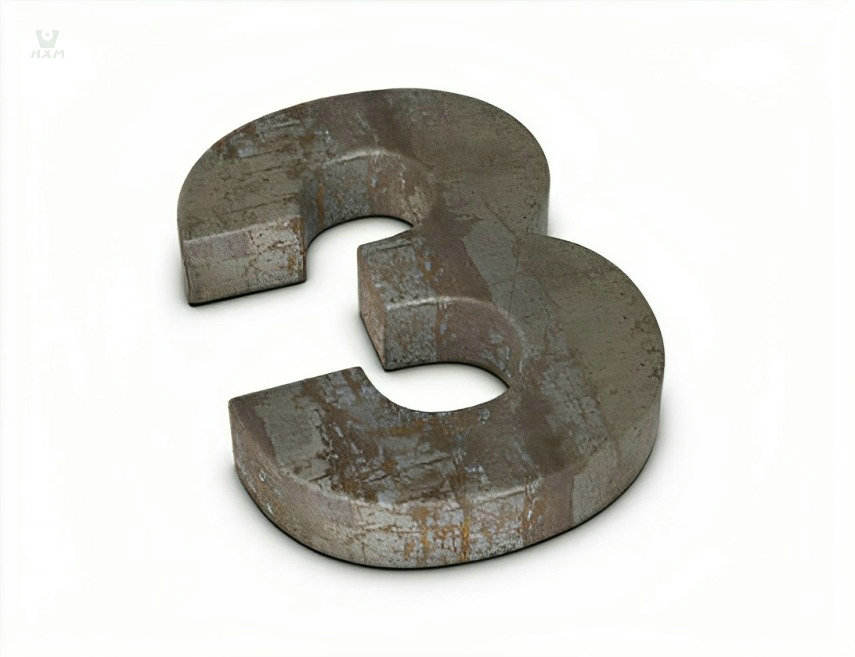
When we talk about stainless steel, we are actually referring to an alloy steel with excellent corrosion resistance. The popularity of stainless steel is mainly due to its unique material and wide range of applications. Today, we will explore the three main types of stainless steel: austenitic stainless steel, martensitic stainless steel, and ferritic stainless steel. These types of stainless steel each have their own unique physical and chemical properties, making them play crucial roles in different application scenarios.
Austenitic Stainless Steel
Austenitic stainless steel, a special type of steel that exhibits stable austenitic structure at room temperature, is characterized by its core components comprising approximately 18% chromium, 8% to 10% nickel, and about 0.1% carbon, which impart excellent stability to it.
- Austenitic stainless steel is renowned for its stable austenitic structure, which renders the material non-magnetic while demonstrating high toughness and ductility. Despite its relatively low strength, it cannot be strengthened through phase transformation, but its properties can be effectively enhanced through cold working.
- By increasing the chromium and nickel content based on the 18Cr-8Ni composition and cleverly introducing elements such as molybdenum, copper, silicon, niobium, titanium, etc., the austenitic stainless steel family has been expanded to form the high Cr-Ni series steels. The addition of these elements not only enhances the corrosion resistance of the steel but also enables it to resist the corrosion of various chemical substances such as sulfuric acid, phosphoric acid, formic acid, acetic acid, urea, etc.
- To further improve corrosion resistance, when the carbon content in austenitic stainless steel is less than 0.03% or when titanium and nickel are added, its resistance to intergranular corrosion is significantly enhanced. The addition of sulfur, calcium, selenium, tellurium, and other elements imparts excellent machinability to the steel, making it more convenient to process.
Ferritic Stainless Steel
Ferritic stainless steel, which primarily exists in the ferrite structure in the service state, possesses unique physical and chemical properties, rendering it valuable in specific fields.
- Major Components and Structure
- Chromium Content: Ferritic stainless steel contains 11% to 30% chromium, providing it with excellent corrosion resistance.
- Crystal Structure: It has a body-centered cubic crystal structure, which determines its unique physical properties.
- Other Elements and Characteristics
- No Nickel: Unlike some other stainless steels, ferritic stainless steel typically does not contain nickel.
- Other Alloying Elements: It may contain small amounts of molybdenum, titanium, niobium, and other elements to further enhance its performance.
- Thermal Conductivity and Coefficient of Thermal Expansion: Ferritic stainless steel has a higher thermal conductivity and a smaller coefficient of thermal expansion, giving it advantages in certain applications.
- Oxidation Resistance and Stress Corrosion: It exhibits outstanding oxidation resistance and resistance to stress corrosion.
- Applications
Due to its specific corrosion resistance, ferritic stainless steel is often used to manufacture components that can resist corrosion from atmospheres, steam, water, and oxidizing acids.
- Limitations and Improvements
- Limited Ductility: Ferritic stainless steel has relatively poor ductility, which to some extent limits its application.
- Reduced Performance after Welding: Its ductility and corrosion resistance may be significantly reduced after welding.
- Application of Out-of-Furnace Refining Technology: The application of out-of-furnace refining technology (such as AOD or VOD) can significantly reduce the content of interstitial elements such as carbon and nitrogen, thereby expanding its application range.
Martensitic Stainless Steel
Martensitic stainless steel is a unique type of stainless steel known for its ability to adjust mechanical properties through heat treatment, hence often referred to as hardenable stainless steel.
- Typical Grades and Characteristics
- Cr13 Type: This represents martensitic stainless steel, including grades such as 2Cr13, 3Cr13, and 4Cr13.
- High Hardness: After quenching treatment, these stainless steels exhibit high hardness.
- Adjustable Strength and Toughness: Different combinations of strength and toughness can be achieved through various tempering temperatures to meet diverse application requirements.
- Primary Application Areas
- Steam Turbine Blades: Due to their excellent mechanical properties, martensitic stainless steels are commonly used to manufacture steam turbine blades.
- Cutlery and Surgical Instruments: In everyday life and the medical field, martensitic stainless steel is widely used for making cutlery and surgical instruments due to its corrosion resistance.
- Chemical Composition Classification
Martensitic Chromium Steel and Martensitic Chromium-Nickel Steel: Martensitic stainless steel can be classified into these two categories based on differences in chemical composition.
- Structure and Strengthening Mechanism Classification
- Martensitic Stainless Steel: This is the most basic type, primarily consisting of a martensitic structure.
- Martensitic and Semi-Austenitic (or Semi-Martensitic) Precipitation-Hardening Stainless Steel: These stainless steels form a semi-austenitic structure on top of the martensitic base through specific heat treatment processes, resulting in higher strength and toughness.
- Martensitic Age-Hardening Stainless Steel: This is a special type of martensitic stainless steel further enhanced through age-hardening treatment.
In summary, martensitic stainless steel, with its unique hardening capability and adjustable mechanical properties, finds wide-ranging applications in various fields. From steam turbine blades to everyday cutlery and medical instruments, it demonstrates outstanding performance and broad adaptability.
Comparing the Three Types of stainless steel
In comparing the three primary types of stainless steel – austenitic, ferritic, and martensitic – it’s essential to highlight their distinct characteristics and the scenarios in which each type excels. Here, we provide a concise summary of the key differences and the considerations for selecting one type over another:
| Characteristic | Austenitic Stainless Steel | Ferritic Stainless Steel | Martensitic Stainless Steel |
|---|---|---|---|
| Corrosion Resistance | Exceptional corrosion resistance, ideal for aggressive environments (e.g., marine, chemical) | Good corrosion resistance, suitable for less demanding environments | Lower corrosion resistance, chosen for hardness-critical applications |
| Mechanical Properties | Excellent formability and toughness, versatile for various applications | Good ductility and moderate strength, common in automotive and architectural components | High hardness and wear resistance, preferred for cutlery and industrial components |
| Magnetic Properties | Typically non-magnetic | Magnetic | Magnetic |
| Heat Treatment | Not significantly heat-treatable | Limited heat-treatability | Highly heat-treatable to achieve desired hardness and strength |
| Common Grades | Grades like 304 and 316 | Grade 430 | Grades like 410 and 420 |
| Applications | Food processing, pharmaceuticals, construction | Automotive parts, kitchen appliances, architectural elements | Cutlery, knives, industrial tools, bearings |
-Huaxiao stainless steel suppliers
This table summarizes the key differences among austenitic, ferritic, and martensitic stainless steel types, helping you make informed choices for specific applications. Stainless steel suppliers offer a variety of grades within each category to meet diverse industrial needs.
When choosing among these types of stainless steel, consider the specific requirements of your application. If corrosion resistance is paramount, austenitic stainless steel is the top choice. For applications demanding high strength and hardness, martensitic stainless steel is ideal. Ferritic stainless steel finds its place in less corrosive environments where cost-effectiveness is essential. Understanding these distinctions helps in selecting the most suitable stainless steel type for your project, ensuring optimal performance and longevity. Stainless steel suppliers offer a wide range of grades within each category to accommodate diverse industrial needs.
conclusion
Thank you for your patient reading. I believe that through this blog post, you have gained a clearer understanding of the three main types of stainless steel. Stainless steel, as a widely used metal material, stands out for its unique properties and extensive range of applications. Among them, austenitic stainless steel, ferritic stainless steel, and martensitic stainless steel each shine with their own unique characteristics.
If you are looking for a professional and reliable stainless steel supplier, then Huaxiao Stainless Steel is your best choice. As a company specializing in stainless steel exports, we are committed to providing customers with one-stop metal solutions. Whether it’s sheets, coils, pipes, bars, wires, or strips, we can provide a variety of stainless steel products to meet your various needs. Additionally, we offer a variety of surface color options, and sizes can also be customized according to your requirements, ensuring you get the most satisfactory products.
Don’t hesitate anymore! Contact us now to get the best quote and take your project to the next level. Looking forward to working with you to create a better future together!


